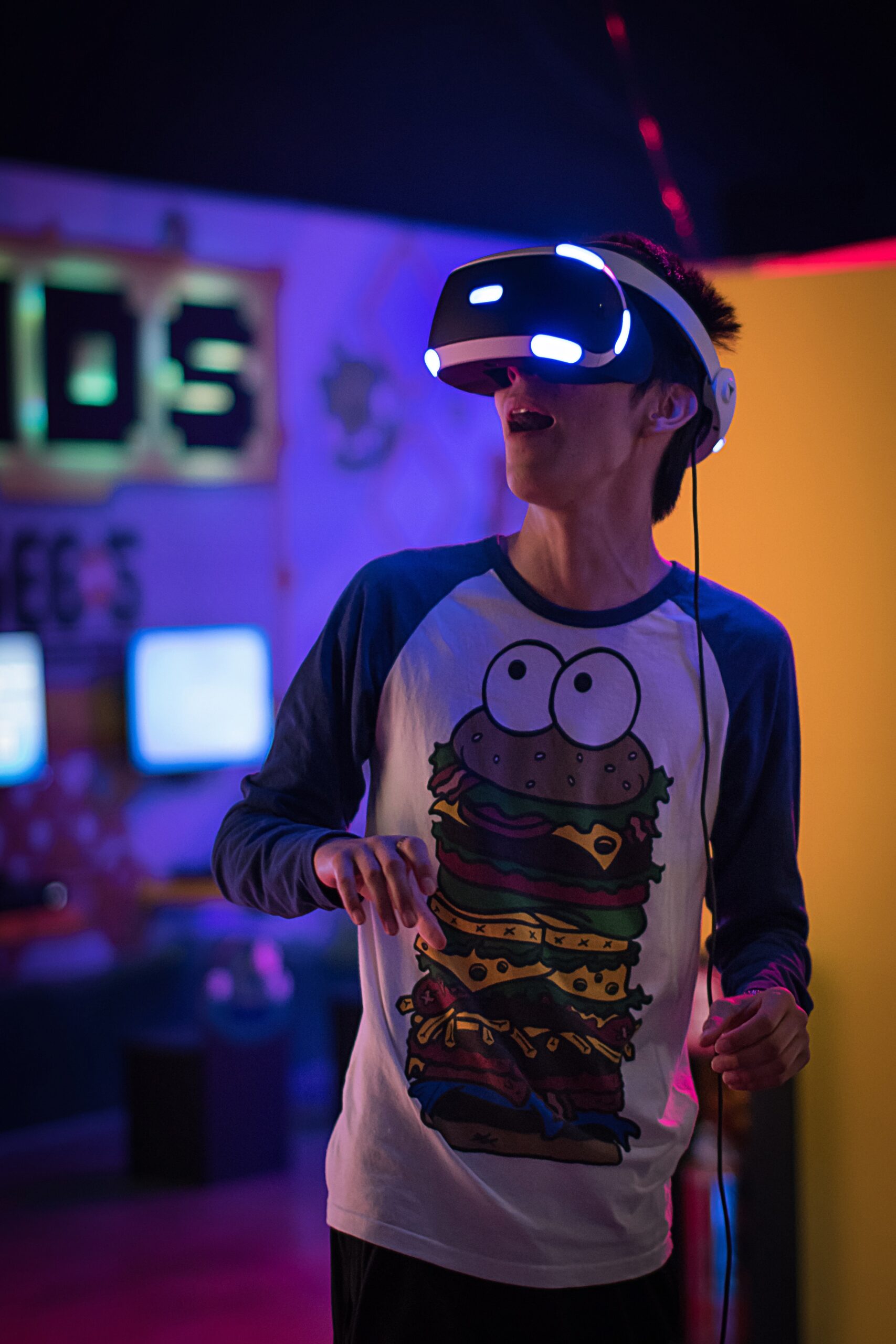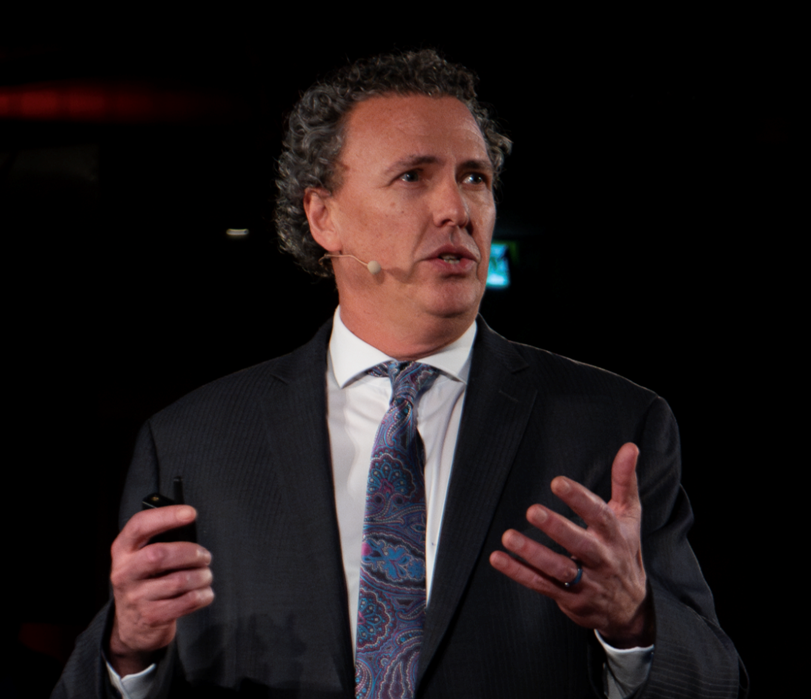Educational Technologies – We Need to Relearn How to Ride a Bike.
Educational Technologies – We Need to Relearn How to Ride a Bike.
13.12.19
The use of technology in teaching should help to prepare content in a target-group oriented way and to use the high affinity of students towards new media and digital content. It is often overlooked that the integration of new technologies also implies changing demands on students and lecturers.
![Digital and analog learning are intertwined in blended learning. Photo: [https://unsplash.com/photos/sNwnjxm8eTY Dan Dimmock]](/sites/default/files/images/blog/dan-dimmock-sNwnjxm8eTY-unsplash_0.jpg)
Students who are to develop their own content within the framework of blended learning courses often feel overwhelmed at the beginning. Especially when they have experienced traditional forms of teaching and learning in their previous educational careers. These classical forms of teaching prepares the content in a well-structured way and clearly conveys which content will be the subject of the examination. The exam is taken at a defined point in time and the student has completed this part of the training positively by passing the exam.
In the area of project-oriented, interactive teaching, which is usually understood as the basis of blended learning concepts, we take away the scaffolding and see whether the building stands on its own. Students should be able to deal with the content independently (or at least more independently) and draw conclusions from it. As a result, they should transfer the knowledge to a new context and solve complex problems.
This “letting go” also leads to uncertainty on the part of the teacher. The (supposed) control over the content learned by each individual no longer exists. A new understanding of the concept of learning and knowledge transfer is necessary. The networking of individual knowledge elements and the consideration of the context in which knowledge is applied is becoming increasingly important in order to be able to understand the complexity of reality and to shape it.
Teachers are also challenged to develop a didactic concept from the multitude of technological possibilities that fits the content, the students and the given context. This innovation process is often driven by technology – courses are continuously adapted based on new technological possibilities. However, the procurement of hardware and software is a simple step compared to the effort involved in integrating a new technology into a course and preparing the teaching content appropriately.
![Choosing the right technology is the challenge for teachers. Photo: [https://unsplash.com/photos/zgdhwK1UT3U Tribesh Kayastha]](/sites/default/files/images/blog/tribesh-kayastha-zgdhwK1UT3U-unsplash_0.jpg)
The innovation cycles of the technology turn very fast. Often faster, than the adjustment of a course is possible. Courses are offered once or twice a year. It takes one to two years to evaluate an implementation, employ improvements and compare the results. During this time the market for Educational Technologies has grown rapidly again and the technical possibilities have changed.
Compared to conventional teaching methods such as a textbook, a blackboard and chalk, which have been considered standard technology for decades and centuries, the current situation creates confusion. We therefore need a new set of methods and technologies that can be understood and practiced by teachers and students.
We also need evidence about the improvement of learning performance through new technologies. More technology is not necessarily better, as a study we are currently conducting shows. Students appreciate the personal interaction, sometimes demand the classical lecture as a form of teaching to get a good overview of the requirements of the course.![The Use of new technologies is possible in blended learning. Photo: [https://unsplash.com/photos/MxVkWPiJALs Uriel Soberanes]](/sites/default/files/images/blog/uriel-soberanes-MxVkWPiJALs-unsplash.jpg)
The digitalization of teaching can therefore only exist in a situationally appropriate combination of new technologies and good didactic methods. The core of a course must consist of well-prepared content. The “what”, the contents of the course, must not be guided by technology trends. However, we must also motivate ourselves to rethink the “how”, the forms of knowledge transfer, and not to avoid technology in the classroom out of convenience.
Young people’s forms of learning have been different since childhood than those of previous generations. If we do not anticipate this, university teaching will be a compulsory exercise for students and a university degree a signal of suffering and endurance, not of technical and methodological knowledge.
Universities have very good prerequisites for an attractive learning experience. We have the students on site, in our classrooms. We can create interaction, experience projects, make contact with practitioners, be a laboratory in which students can develop and apply their skills. Creating such an inspiring learning environment can be a difficult challenge for lecturers – but we constantly ask our students to solve such challenges.
Universities will also have to face this change at the institutional level and create framework conditions that do justice to this change. For example, forms of knowledge verification must be adapted to these changes in order to achieve a fit. Furthermore, a teaching load can no longer be equated with the number of hours a lecturer spends in a classroom.
The role of the teacher is fundamentally changing, we are no longer knowledge providers, we do not have to carry all the knowledge that students need. Rather, we become moderators of the learning process, coaches of interested students, and ultimately curators of content that – made possible by Educational Technologies – is extensively and well-prepared and available online.
We must also become ambassadors of change and motivate our colleagues to participate in this process, to contribute to change and to engage in discussion.
We need to leave behind a considerable part of our well-trained routines, “unlearn” them and develop new routines – in short, we need to relearn how to ride a bike.




 Friederike Knabbe
Friederike Knabbe 
 Steve Joordens
Steve Joordens 
 Michael Siegel
Michael Siegel 